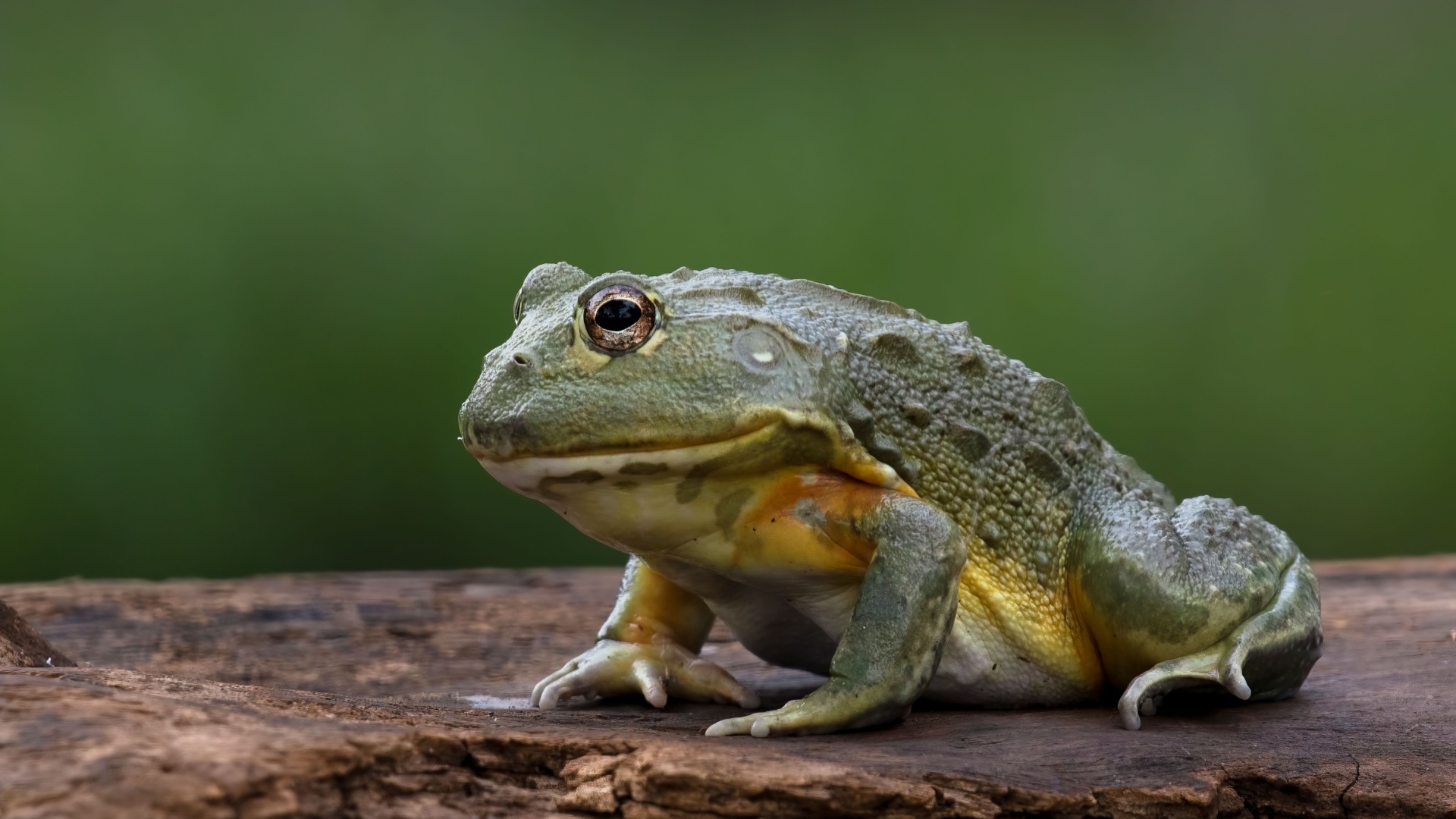Explore the intriguing world of animals that sleep with their eyes open. From marine creatures to reptiles, these species have fascinating adaptations that allow them to rest but remain alert to their surroundings.
This unique trait helps them survive in diverse environments, ensuring they can quickly respond to threats or other changes in their habitat.
1. Dolphin
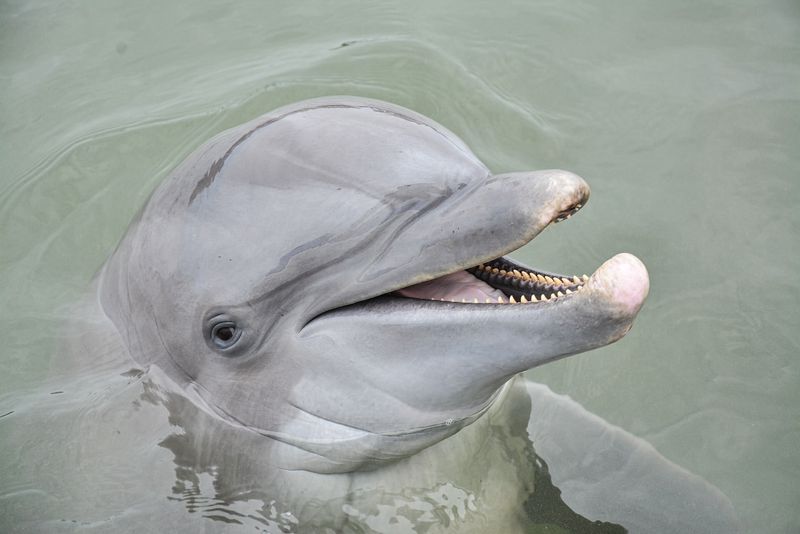
Dolphins are extraordinary marine mammals known for their intelligence and playful behavior. What fascinates many is their ability to sleep with one eye open. This unique adaptation is known as unihemispheric slow-wave sleep, where only one half of the dolphin’s brain shuts down for rest, while the other half remains active.
This ability allows dolphins to keep one eye open, maintaining awareness of potential threats or the need to surface for air. Consequently, dolphins can enjoy the safety of sleep while ensuring they don’t drown or fall prey to predators.
Living in the ocean’s vast and often perilous environment, dolphins’ open-eyed sleeping is an evolutionary marvel, providing them with the means to remain vigilant even during rest. Such adaptability is critical for their survival and highlights the complex and fascinating nature of these creatures.
2. Bullfrog
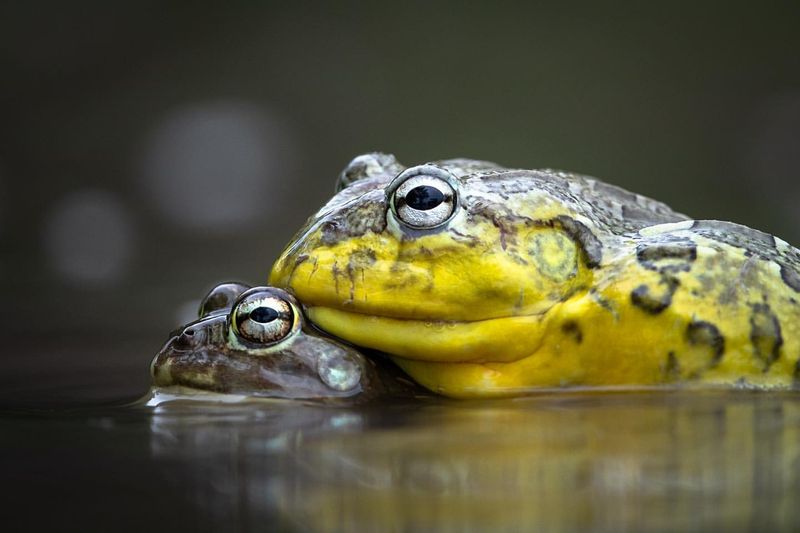
The bullfrog, a common sight near ponds and wetlands, is a fascinating creature that often captures the curiosity of nature enthusiasts. Known for their loud croaks and impressive jumping abilities, bullfrogs exhibit the intriguing behavior of sleeping with their eyes open.
This characteristic is part of their survival strategy, allowing them to remain alert to potential predators even while at rest. By keeping their eyes open, bullfrogs can quickly react to nearby threats, leveraging their powerful legs for a swift escape if necessary.
Their open-eyed slumber is an evolutionary trait that enables them to thrive in various habitats, from calm ponds to bustling streams. The ability to stay aware while resting is an advantage that has served them well in the animal kingdom, highlighting the adaptability and resilience of these amphibians.
3. Giraffe
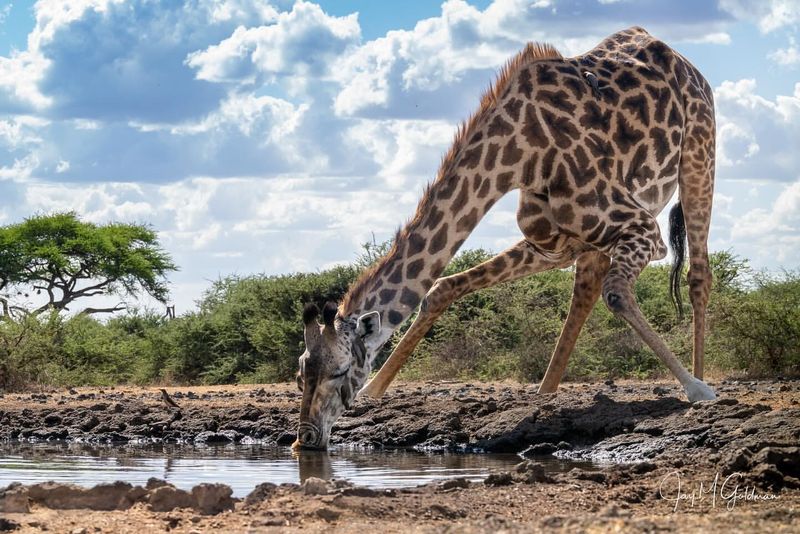
Towering above the African savannah, giraffes are majestic creatures with some surprising habits. One such habit is their tendency to sleep with their eyes open. This behavior is not just a quirk but a crucial survival mechanism that allows giraffes to remain vigilant even during rest.
Given their height and the vast open landscapes they inhabit, giraffes are always at risk from predators like lions. By keeping their eyes open, they can quickly spot danger and react accordingly, often using their long legs to run away swiftly.
This trait highlights the giraffe’s ability to adapt to its environment, ensuring its survival in the wild. It’s a testament to the fascinating evolutionary paths different species take to thrive in their natural habitats, demonstrating the delicate balance between rest and awareness.
4. Rabbit

Rabbits are adorable and often associated with quiet meadows and gardens. However, these timid creatures have a unique sleeping habit: they often sleep with their eyes open. This behavior is primarily a defense mechanism, allowing them to remain alert to any potential threats.
Their open-eyed sleep is facilitated by a nictitating membrane, a translucent third eyelid that helps keep their eyes moist and protected while still allowing some vision. This adaptation ensures that rabbits can quickly respond to danger, such as the approach of a predator.
In the wild, where threats are constant, the ability to rest while staying vigilant is essential for a rabbit’s survival. This behavior exemplifies the extraordinary ways in which animals adapt to their environments, turning even rest into a strategic advantage.
5. Snake
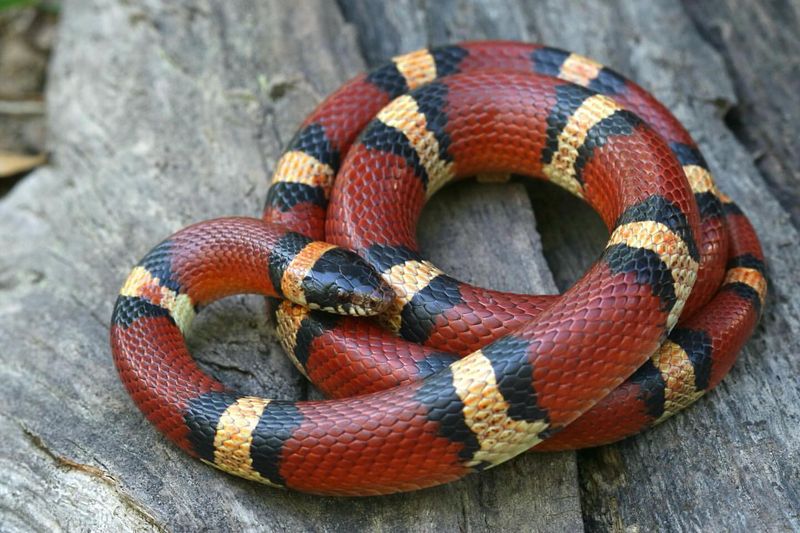
With their slithering movements and diverse habitats, Snakes are among the most intriguing reptiles. One characteristic that stands out is their ability to sleep with their eyes open. Unlike many animals, snakes do not have eyelids, which contributes to this open-eyed rest.
A snake’s eyes are covered by a protective scale known as a spectacle, which remains transparent and allows them to see even when sleeping.
This adaptation is crucial for their survival, allowing them to remain aware of their surroundings and potential threats. It underscores the unique evolutionary strategies employed by reptiles, showcasing the varied ways in which the animal kingdom adapts to the challenges of nature.
6. Crocodile
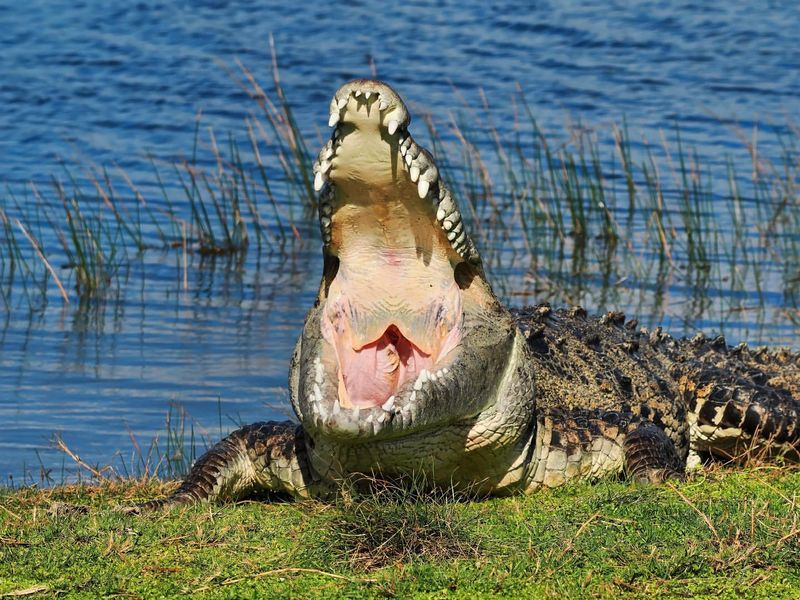
Crocodiles, ancient and formidable reptiles, are known for their stealth and power. These creatures have the remarkable ability to sleep with their eyes open, a trait that aligns with their predatory lifestyle. This behavior allows them to remain vigilant and ready to spring into action at any moment.
Their eyes contain a protective membrane that functions much like an eyelid, enabling crocodiles to rest while still visually monitoring their environment. This adaptation is vital for both hunting and defense, as it helps them detect prey and potential threats quickly.
Living in diverse aquatic and semi-aquatic habitats, this open-eyed trait enhances crocodiles’ survival, ensuring they can effectively manage both offense and defense. It highlights how reptilian evolution has fine-tuned these creatures for life in challenging environments.
7. Owl
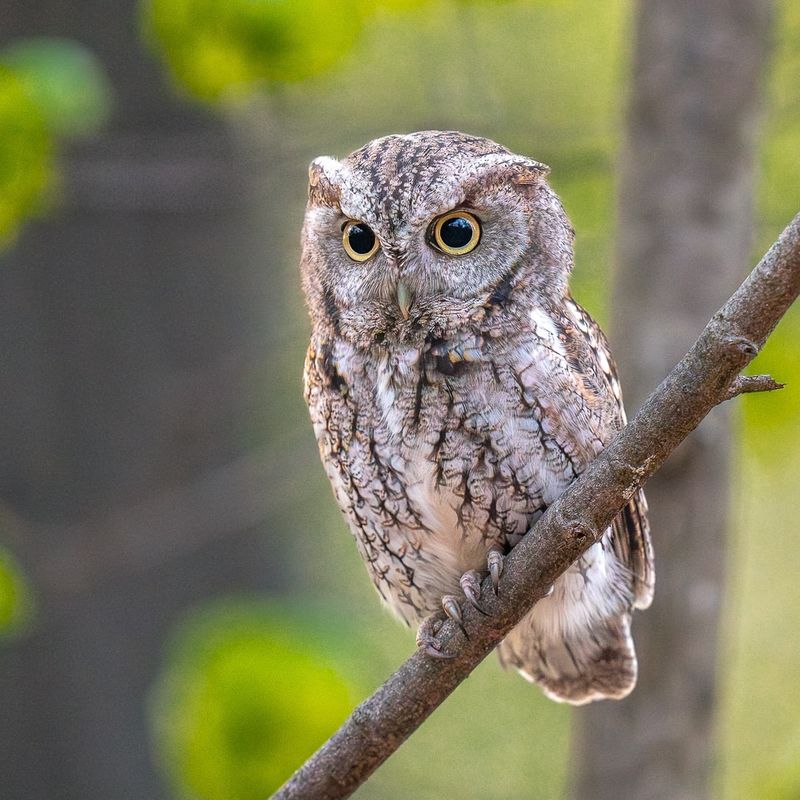
Often associated with wisdom and the night, owls possess a curious habit of appearing to sleep with their eyes open. This is due to their ability to keep their eyes partially open even when at rest, aided by their nictitating membrane. This membrane allows owls to keep their eyes moist and slightly open, providing them with a limited view of their surroundings.
This ability is particularly useful during the day, when they might be resting but still need to be aware of potential threats. Owls’ nocturnal nature and keen senses make them formidable hunters, and their open-eyed rest is just another tool in their survival kit.
It exemplifies how birds of prey have adapted to maintain their edge, even while catching some shut-eye.
8. Fish
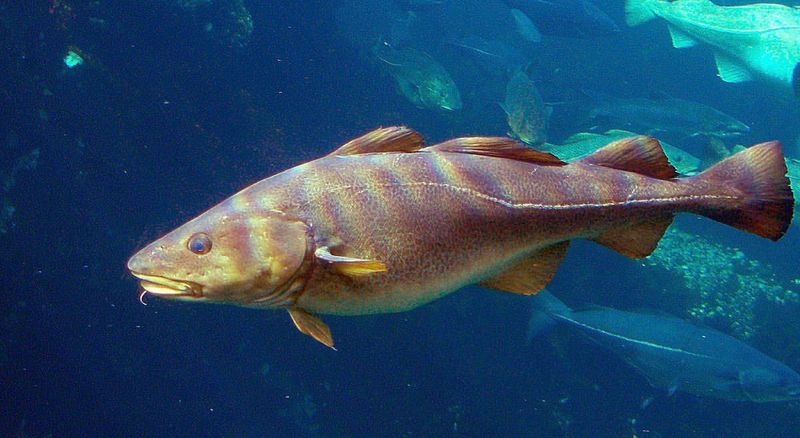
Fish, inhabiting the vast and often mysterious underwater world, exhibit a fascinating behavior: many species sleep with their eyes open. This is largely because fish lack eyelids, which means their eyes remain open even when they enter a state of rest.
Sleeping with open eyes allows fish to remain alert to changes in their environment, such as the approach of predators or shifts in water currents. This constant awareness is crucial in the diverse and dynamic habitats they occupy, from tranquil coral reefs to bustling riverbeds.
The ability to sense danger while resting aids in their survival, showcasing the adaptability of aquatic life. It highlights the intricate balance fish maintain between vulnerability and vigilance, illustrating the adaptive strategies employed by marine creatures.
9. Horse
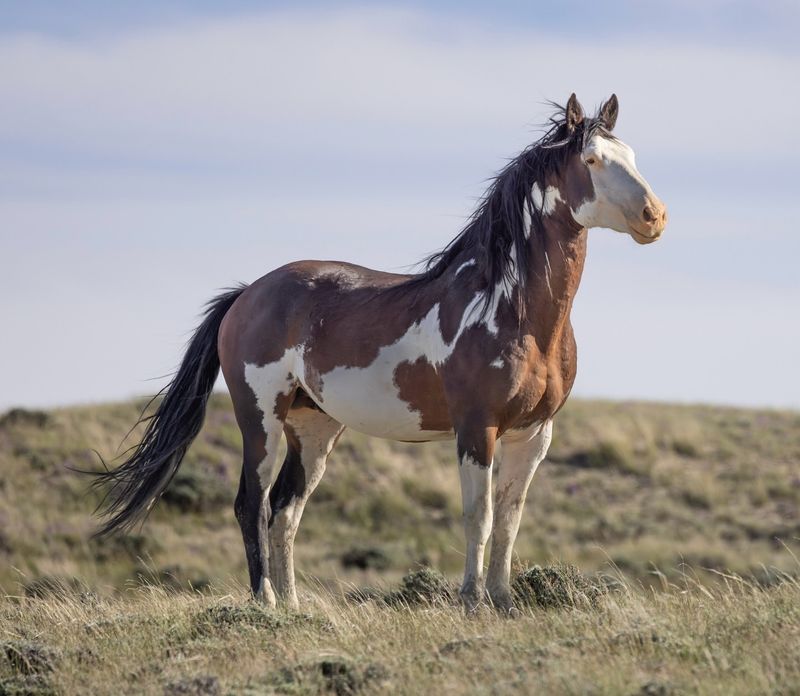
Noble and powerful animals, horses possess the surprising ability to sleep with their eyes open. This trait is part of their natural defense mechanisms, enabling them to stay alert even during rest periods. Their open-eyed sleep is often complemented by their ability to sleep while standing, a behavior that allows for quick escapes from potential threats.
Horses have an anatomical adaptation known as the “stay apparatus,” which helps them lock their legs in position without exerting much energy.
In the wild, where threats can come suddenly and unexpectedly, these adaptations are crucial for horses’ survival. It underscores their evolutionary journey as prey animals, constantly balancing rest with the need for swift responses to danger.
10. Parrot
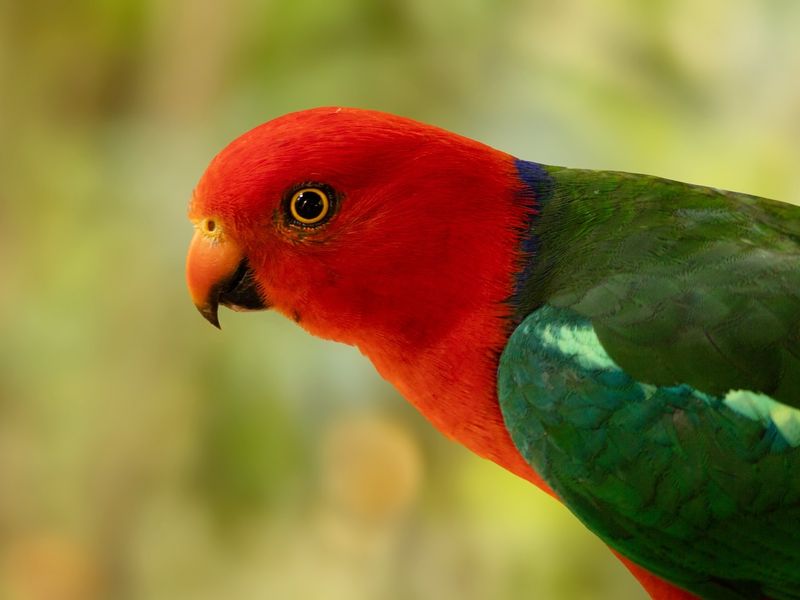
Parrots, known for their vibrant plumage and intelligence, also exhibit the intriguing behavior of sleeping with their eyes partially open. This is facilitated by their nictitating membrane, which acts like a protective cover while allowing some vision.
Open-eyed rest is particularly useful for parrots, as it helps them remain aware of their surroundings in their densely populated habitats. This trait enables them to quickly react to potential threats or disturbances, such as predators or environmental changes.
Living in the complex ecosystems of tropical forests, parrots’ ability to stay vigilant while at rest is an evolutionary strategy that aids their survival. It highlights how these birds balance their need for rest with the demands of their dynamic environment.
11. Seal
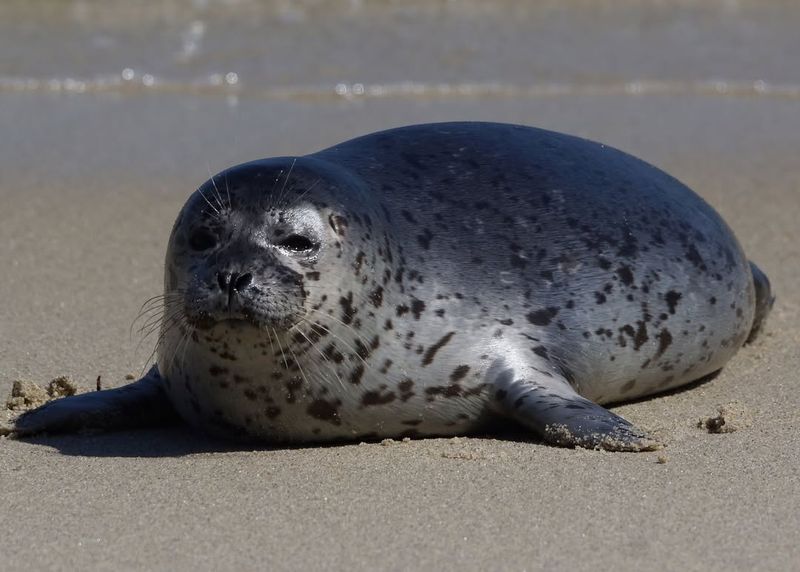
Seals, those playful and endearing marine mammals, often sleep with their eyes open, especially when basking on rocky shores. This behavior is linked to their need to remain alert to potential threats, such as predators or environmental changes.
Their ability to rest with open eyes is supported by a third eyelid, similar to the nictitating membrane found in other animals, which helps protect the eyes while still allowing some vision. This adaptation is crucial for seals, who must balance rest with the need for vigilance in their often unpredictable habitats.
Seals’ open-eyed slumber is a testament to the evolutionary strategies employed by marine mammals to ensure safety while at rest. It underscores their adaptability and resilience, allowing them to thrive in diverse environments.
12. Ostrich
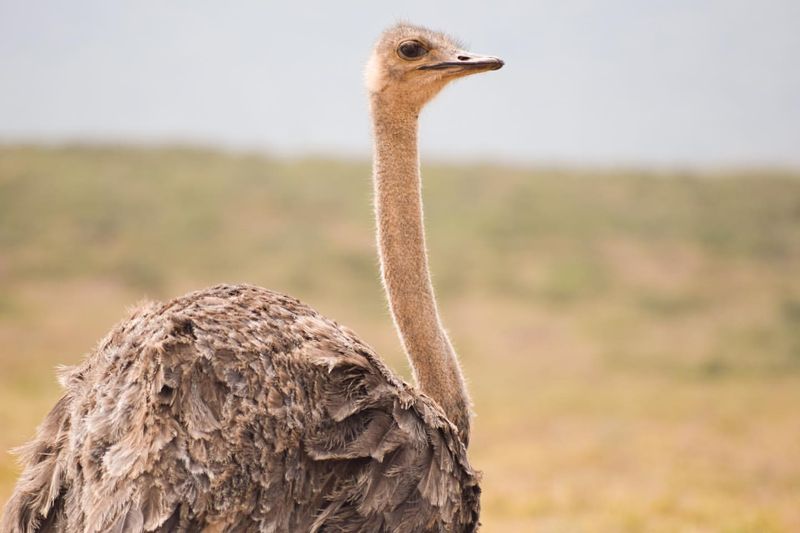
The world’s largest birds, Ostriches possess a distinctive ability to sleep with their eyes open. This behavior complements their life in the open landscapes of deserts and savannahs, where visibility and quick reactions are vital.
Their open-eyed sleep is facilitated by their large eyes and excellent vision, which help them stay aware of their surroundings even while resting. Being able to detect movement or threats from afar is crucial for their survival, given the vast and exposed environments they inhabit.
Such adaptations illustrate the ostrich’s evolutionary path, allowing them to maintain vigilance while conserving energy. It highlights how even the seemingly simple act of sleep can be adapted to fit the specific needs of different species.
13. Elephant
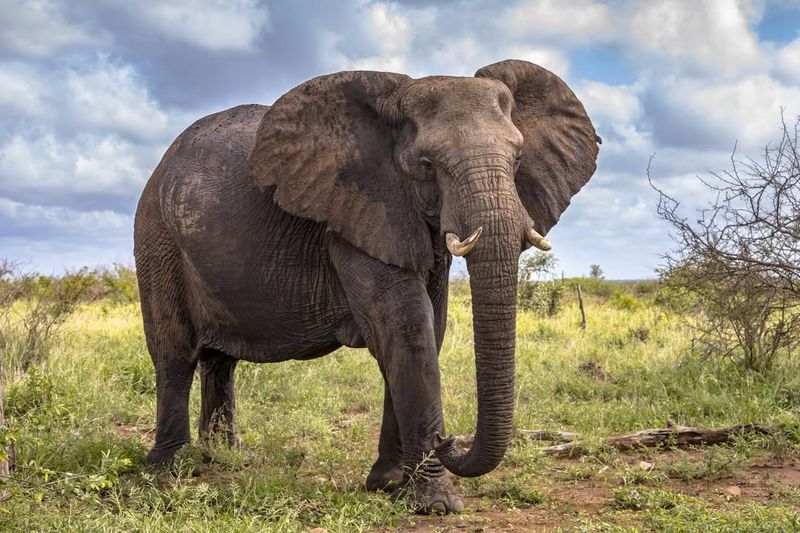
Elephants, known for their intelligence and social structure, exhibit the interesting habit of sometimes sleeping with their eyes open. This trait is a part of their complex behavior, often observed when they take short naps while standing.
The ability to rest with open eyes helps elephants remain alert to potential threats, such as predators or disturbances within their herd. This vigilance is crucial, especially for the young and vulnerable members of the group.
In the wild, where elephants roam across large territories, this adaptation ensures they can quickly respond to changes in their environment. It highlights the intricate balance between rest and awareness that defines the survival strategies of these magnificent creatures.
14. Shark
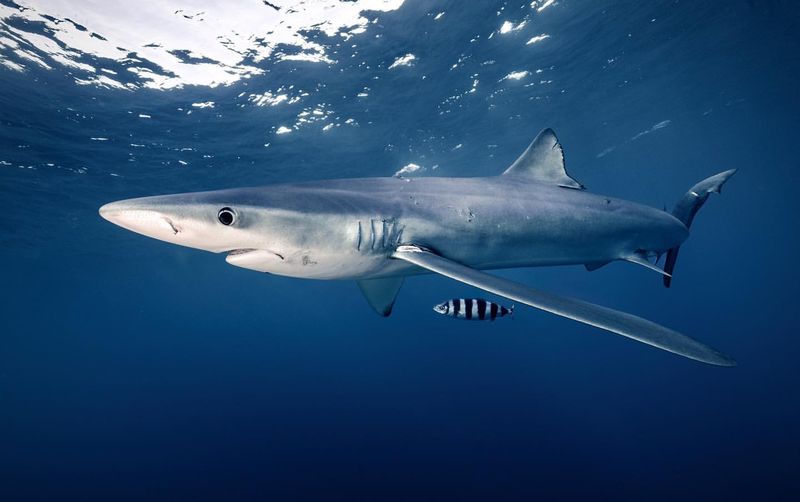
Sharks, formidable predators of the sea, are known for their ability to sleep with their eyes open. This is due to their unique physiological makeup, which requires them to keep water flowing over their gills, necessitating movement even during rest.
Their open-eyed sleep enables them to remain aware of their surroundings, crucial in the often perilous ocean environment. This constant vigilance helps them detect prey and avoid potential threats, maintaining their status as apex predators.
Sharks’ ability to stay alert while resting is an evolutionary adaptation that highlights their dominance in the marine world. It exemplifies how even in the deep and mysterious ocean, survival strategies are finely tuned to meet the challenges of the environment.
15. Koala
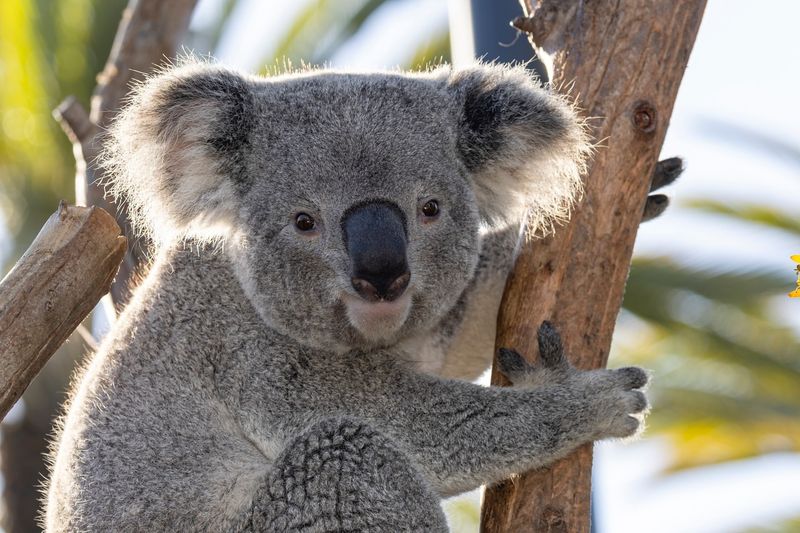
Koalas sometimes exhibit the behavior of sleeping with their eyes open. This trait is linked to their need to remain aware of their surroundings while resting in the branches of eucalyptus trees. Their open-eyed rest is facilitated by a third eyelid that helps protect their eyes while allowing them to stay partially aware of potential threats.
This adaptation is crucial in ensuring their safety from predators, even in their arboreal habitats. The ability to balance rest with vigilance showcases the koala’s evolutionary strategies, enabling them to thrive in the wild.
It reflects how even the peaceful act of sleep can be adapted to meet the demands of survival.
16. Lizard
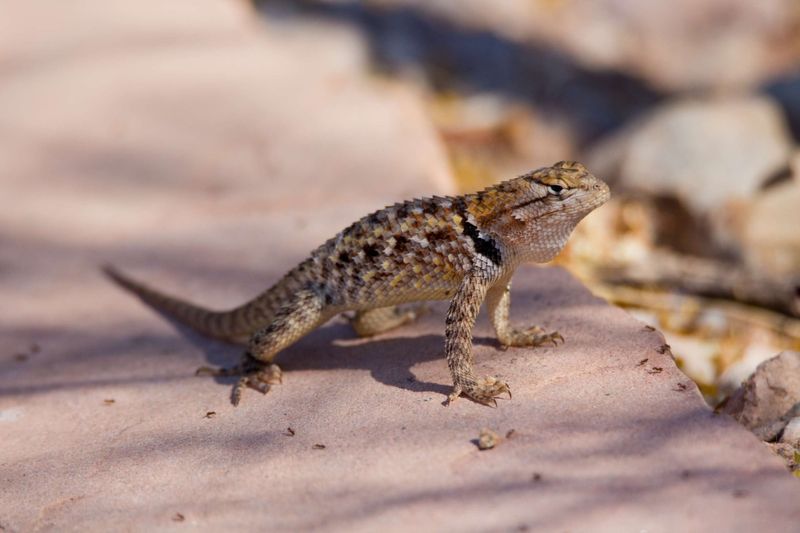
Agile and adaptable, lizards often exhibit the fascinating behavior of sleeping with their eyes open. This is primarily due to their lack of eyelids, which means their eyes remain exposed even during rest.
Open-eyed sleep allows lizards to stay aware of changes in their environment, such as the approach of predators or shifts in temperature. This constant vigilance is vital in their often harsh and competitive habitats, from deserts to forests.
This adaptation highlights the resilience and adaptability of lizards, showcasing their ability to thrive in diverse environments. It underscores the evolutionary strategies that enable them to maintain a balance between rest and awareness, ensuring their survival.
17. Flamingo
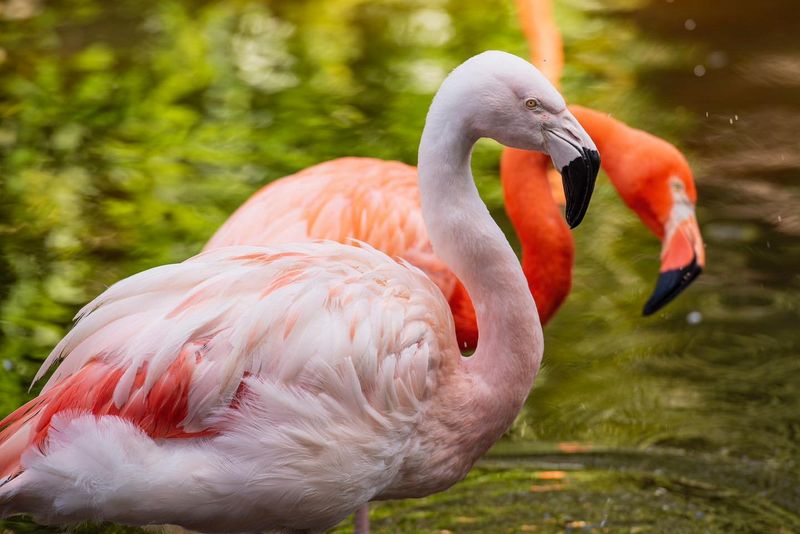
Flamingos, with their striking pink plumage, exhibit the unusual behavior of sometimes sleeping with their eyes open. This trait aligns with their life in open and exposed wetland environments, where awareness is crucial.
Their open-eyed rest helps them stay alert to potential threats, such as predators or environmental changes. It is facilitated by a nictitating membrane that protects their eyes while allowing them to maintain some vision.
This adaptation is part of the flamingo’s survival strategy, allowing them to conserve energy while remaining vigilant. It exemplifies how even the most colorful and seemingly carefree creatures employ complex behaviors to thrive in their natural habitats.
18. Bat
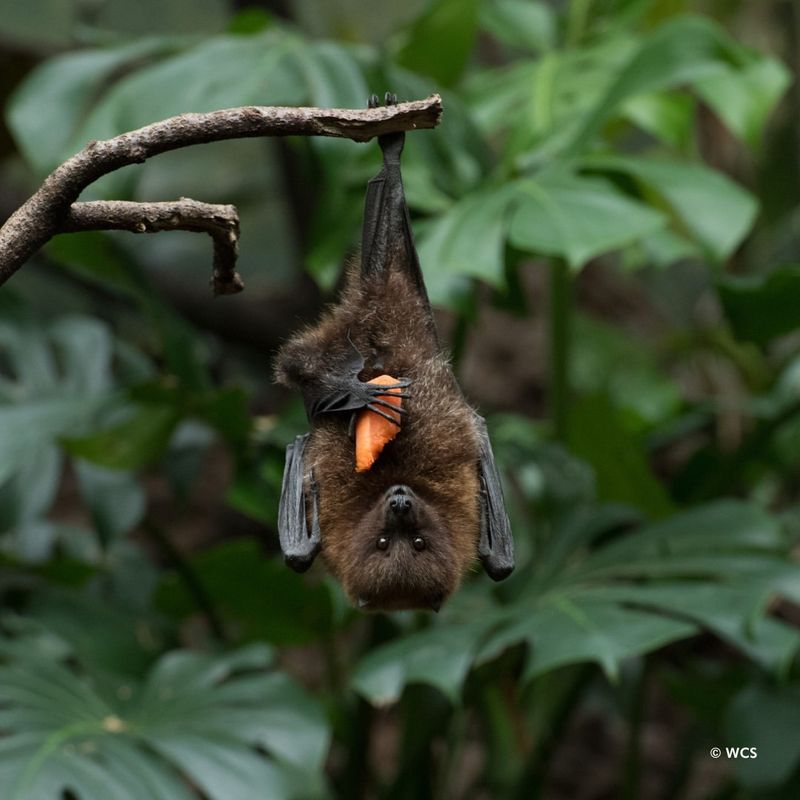
The only mammals capable of sustained flight, bats often sleep with their eyes open, especially when roosting in exposed areas. This behavior is part of their survival strategy, ensuring they can quickly react to disturbances or threats.
Their open-eyed rest is supported by their acute senses, particularly their echolocation abilities, which help them remain aware of their surroundings even in complete darkness. This vigilance is crucial, given the diverse and often precarious environments they inhabit.
The ability to stay alert while resting underscores the adaptability of bats, showcasing their evolutionary strategies for survival. It highlights the intricate balance they maintain between vulnerability and vigilance in their nocturnal world.
19. Sparrow
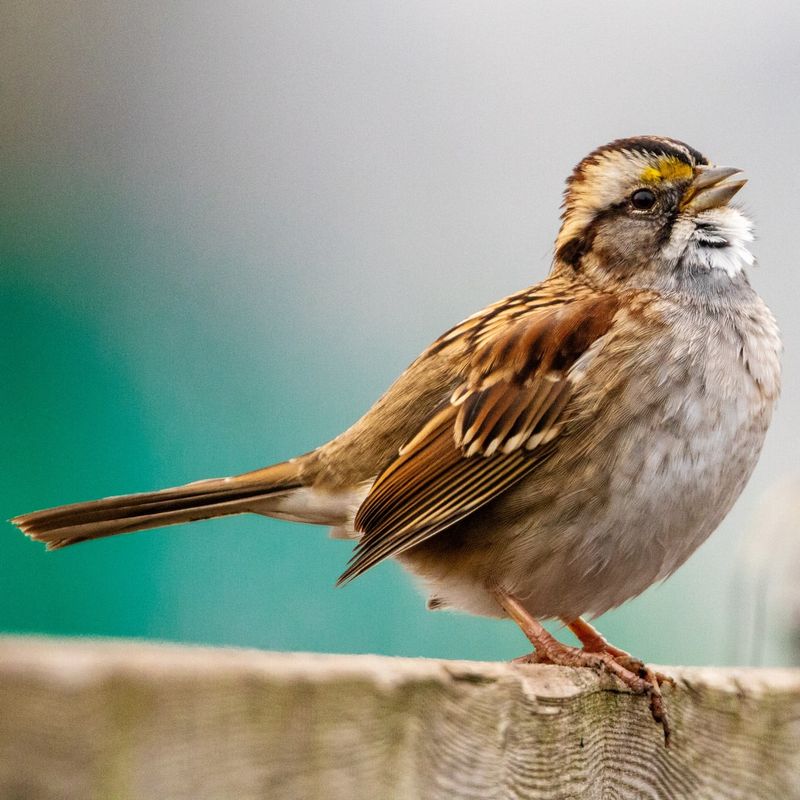
Sparrows, small and ubiquitous birds, sometimes sleep with their eyes open, particularly when in exposed environments. This behavior allows them to remain alert to potential threats while resting in open spaces.
Their open-eyed sleep is facilitated by a protective membrane that enables them to keep their eyes moist and partially open, aiding in quick responses to sudden changes or threats. This trait is crucial for survival, especially in busy urban or densely populated rural areas.
In the dynamic environments sparrows often inhabit, this adaptation ensures they can balance rest with the need for constant vigilance. It reflects the fine-tuned survival strategies employed by even the smallest creatures in the animal kingdom.
20. Penguin
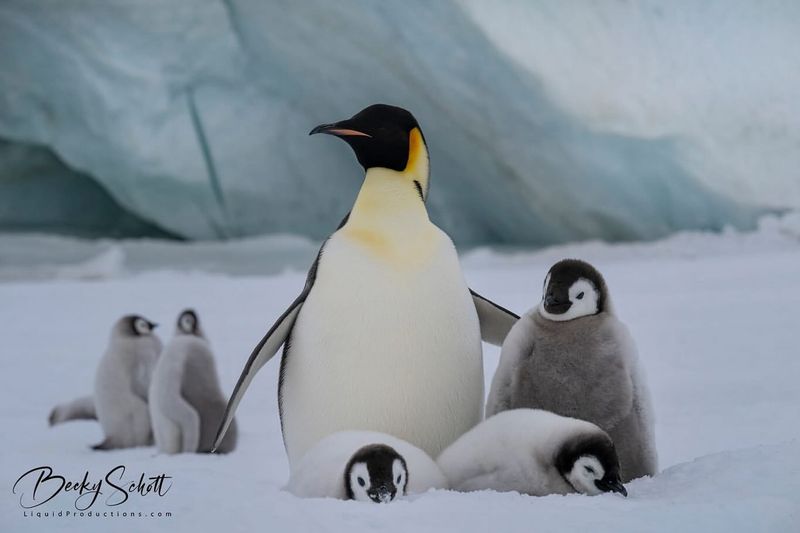
Penguins, the charismatic inhabitants of the Antarctic, sometimes sleep with their eyes open, a behavior that helps them stay alert in their harsh and unforgiving environment.
This trait is particularly useful when they are exposed to potential threats or environmental changes. Their open-eyed rest is supported by a third eyelid, which protects their eyes while allowing them to maintain some vision.
This adaptation is crucial, given the extreme conditions and the presence of predators such as seals. The ability to balance rest with vigilance highlights the penguin’s evolutionary strategies, ensuring their survival in one of the planet’s most challenging habitats.
It underscores the resilience and adaptability that define these remarkable birds.

